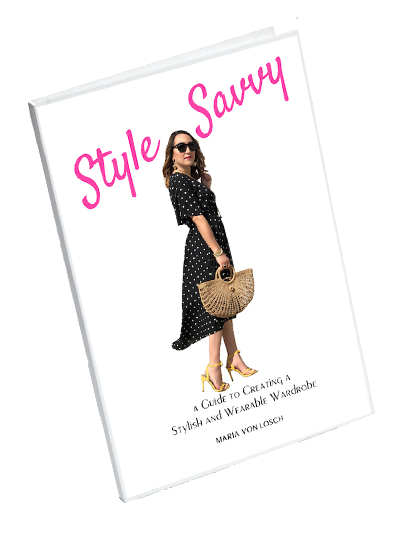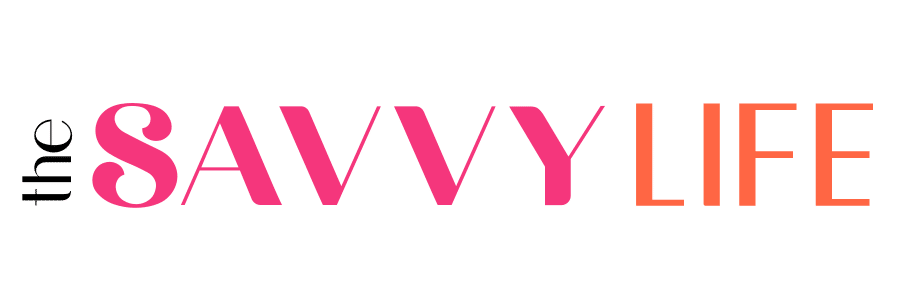There are a lot of options now when it comes to fabrics and materials to create garments. I used to be a bit of a snob when it came to fabrics and materials. I figured if it wasn’t “real” then it wasn’t worth it.
Now that I’ve read numerous articles over the years about how garments and accessories are made, I try to find items that are made with more sustainable materials.
I’m also pretty conservative when it comes to buying fashion. If you don’t know my story, I did a challenge where I shopped my closet for 365 days (read HERE).
This challenge helped me change my perspective on how to shop and get creative restyling what I already own. As far as shopping goes, I’m an avid “read the inside label” shopper. I want to know what I’m wearing on my body.
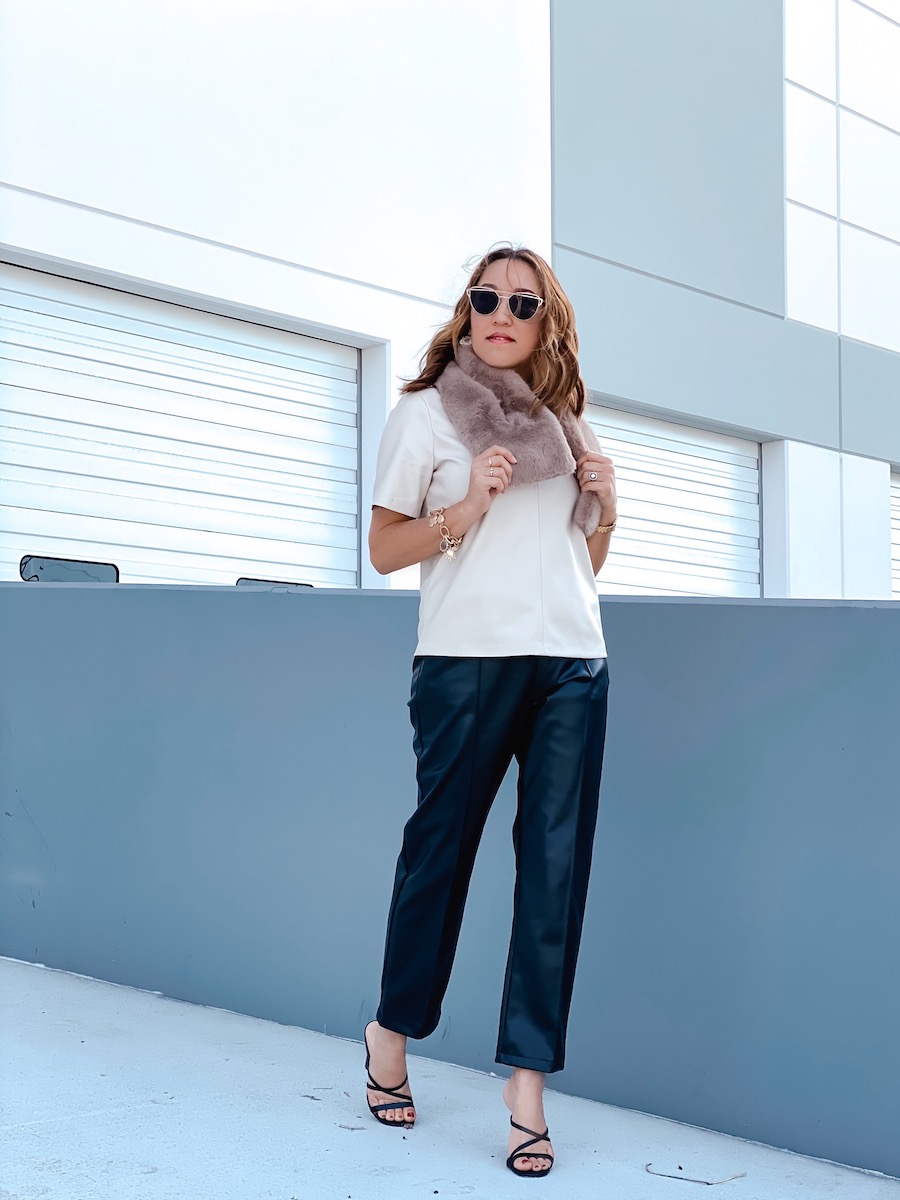
Did you know that 100% cotton items are actually bad for you? If it’s not Organic Cotton, then most likely you’re wearing pesticides. No thank you.
The best cotton to wear is recycled or upcycled. It has the potential to help reduce water and energy consumption, as well as help keep cotton clothes out of landfills therefore considered one of the most sustainable fibers on the market.
But what about these other fabrics that you’ve seen and probably have no clue what they are? I know I didn’t until I started researching these foreign names like Tencel, Modal, Viscose, etc. Look familiar?
Here’s a list of alternative fibers and what they consist of:
RAYON
Now this is the most popular fiber you see on labels but what the heck is it really? I think we’ve all just accepted that clothes are made with Rayon but never understood how this came about.
Rayon is often mistaken for a synthetic fiber but it’s actually made from wood pulp and other plant materials. It was developed in the early 1900s as an alternative to silk.
The benefits of Rayon is that it’s breathable and cool on your skin. This is a great fabric to wear during hot and humid weather.
VISCOSE
This is basically rayon but produced slightly different. Viscose is derived from the ‘cellulose’ or wood pulp from fast growing, regenerative trees such as eucalyptus, beech and pine, as well as plants such as bamboo, soy and sugar cane. Once dissolved it’s spun into fibers to make thread.
Viscose is probably the most highly used alternative to cotton, polyester and silk in the fashion industry. You know that drapey summer dress you love? It’s most likely made from this fiber.
CUPRO
I recently bought a silky cami from Aritzia and it’s made from 100% Cupro. I thought it was silk. Naturally I had to look this fabric up because I had never seen it before.
Turns out this is a recycled fiber typically used for the lining of garments. Although this is a nice silky material and another form of Rayon, it’s not great on the environment due to the production of it.
MODAL
This is a cotton alternative, semi-synthetic rayon fiber. It’s constructed by reconstituted cellulose from beech trees. The biggest producer of Modal comes from an Austrian company Lenzing AG. They market Lenzing Modal which is protected by a global certification system which is registered worldwide.
It’s a breathable yet sturdy fabric used mostly in activewear, undergarments, PJs, bed sheets, etc. Modal is around 50% more water absorbent than cotton. It also has less shrinkage and pilling.
TENCEL
Another fabric made by dissolving wood pulp and also produced by Austrian company Lenzing AG is Tencel. You might see Lyocell used on labels which is actually Tencel. Tencel is the trademarked name for Lyocell.
Tencel is another great fabric for activewear because of the moisture wicking and anti-bacterial properties. Heavier garments are made with Tencel twill. Be careful not to put a hot iron to this fabric, it may cause it to become shiny.
PINATEX
This is probably my most favorite alternative to leather and made by pineapple leaf fibers. It’s truly vegan leather. This is still hard to find, most common faux leather fabric is PU (polyurethane) which isn’t a bad alternative either.
Piñatex is a cruelty-free replacement for leather because it’s natural and sustainable. Not only does it reduce waste but helps farming communities that grow the fruit.
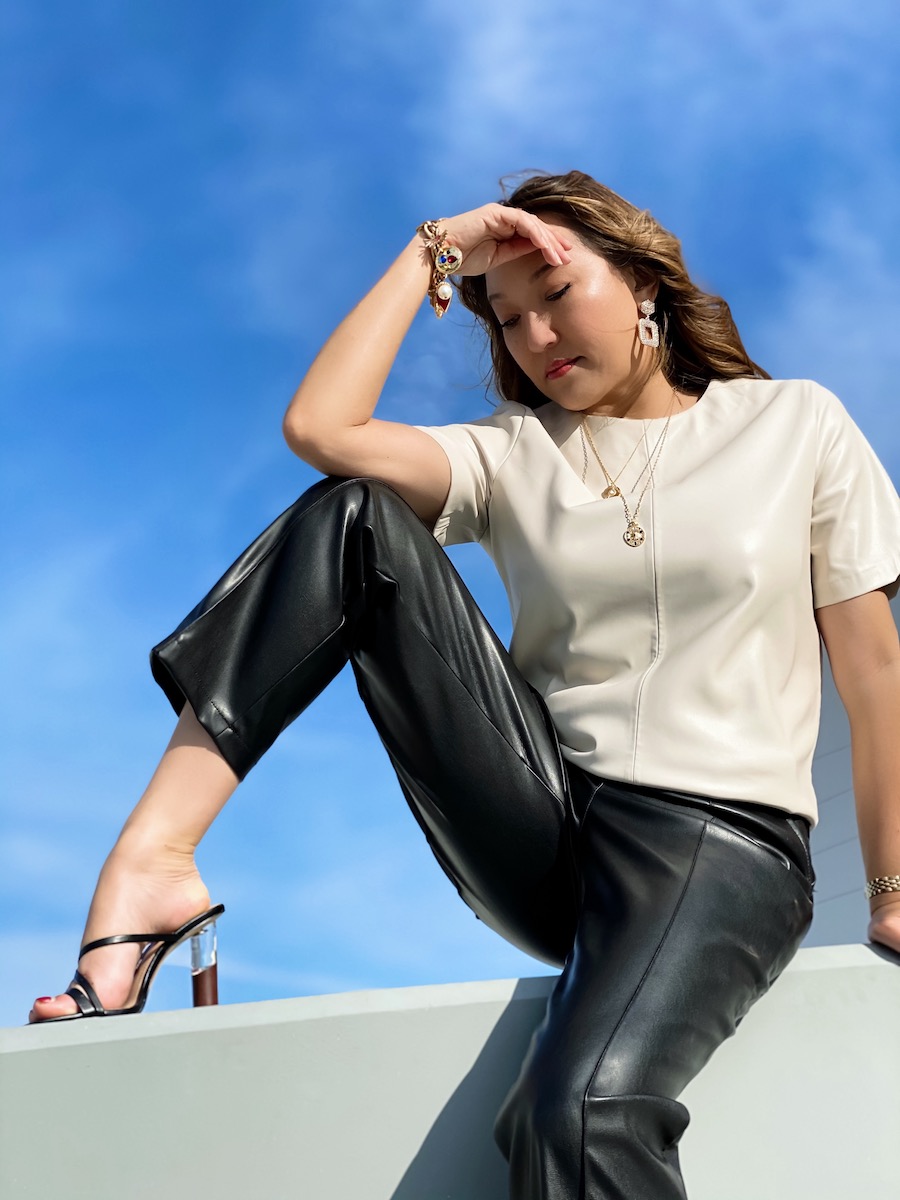
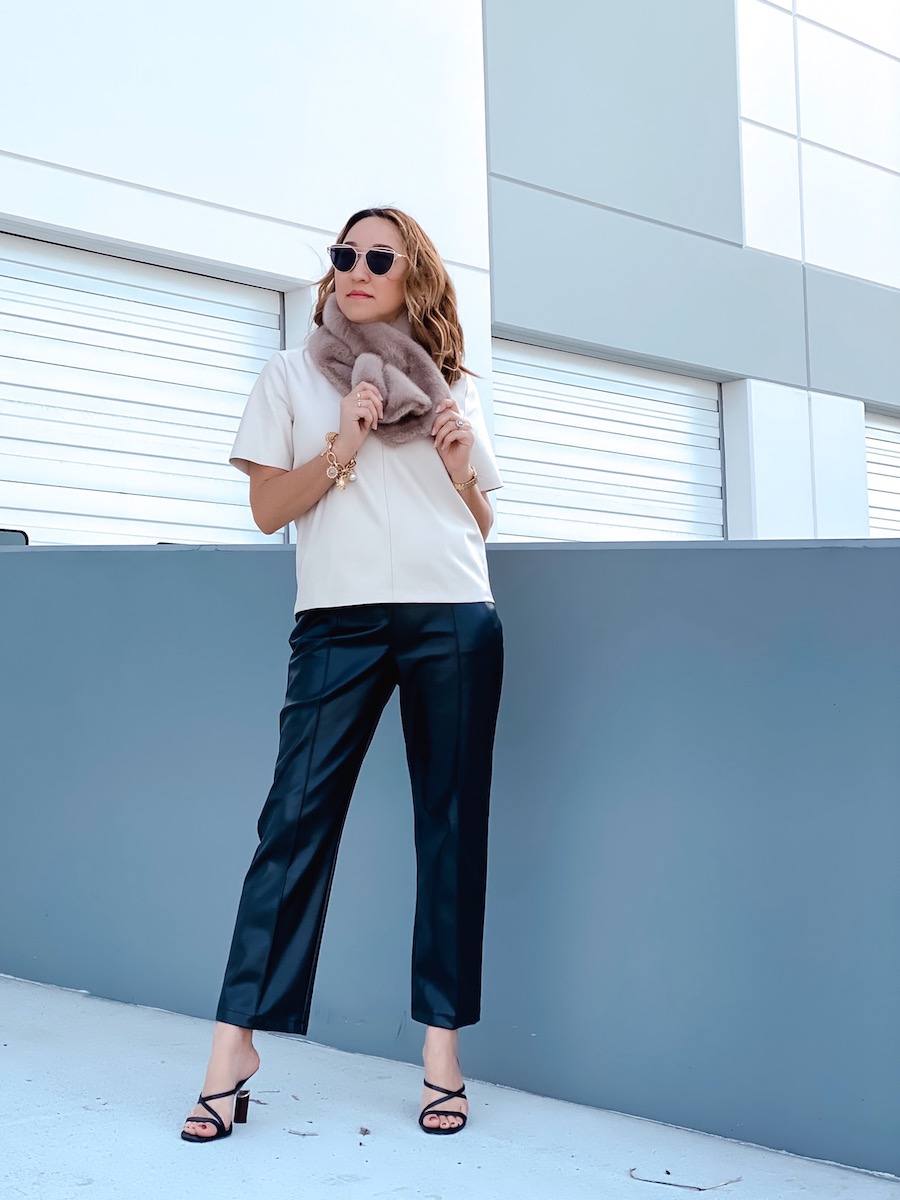
P.S. Have you received your copy of my book Style Savvy – A Guide to Creating a Stylish and Wearable Wardrobe? Click HERE
